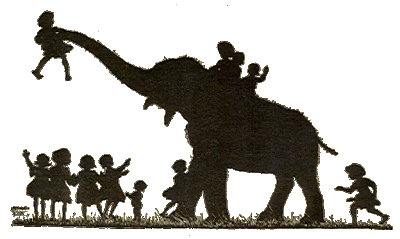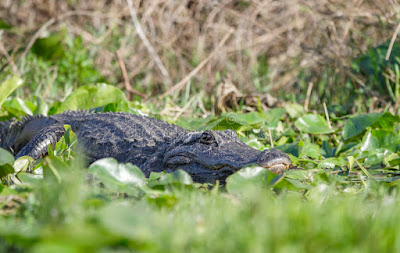Reading Notes: Babbitt Jatakas Part B
This second set of stories only contains one story which I had
read previously. That story is the one of the crane and the crab. This story again
highlights how people can be untrustworthy. Reading it again made me realize
that it also shows that you need to know how to protect yourself by holding an
advantage over others. It shows how you need to be street smart and think about
other people’s intentions.
Some of the new stories were pretty interesting. The story concerning
why the owl is not the king of the birds was a cool story. It attempts to
explain why crows and owls dislike one another. Some of these stories are interesting
because they seek to explain how the animals, which I assume are abundant in India,
interact with one another. The stories seem to be a cool way to teach children
about the world around them. It is probably more interesting to tell children a
story than to lecture them. It is also a great way to highlight the
intelligence of the two birds. Anthropomorphizing them implies that they are intelligent.
There a few stories about elephants in this set of Jatakas. It
is very cool to see these stories because it shows how having an abundance of
elephants in your environment creates all of these small stories. Elephants are
super cool animals and seeing them personified in these stories shows how they
have interacted with human populations throughout time. It is also nice to see
that they are treated with such respect. They are depicted as understanding
human speech, which shows that humans and elephants have been able to “communicate.”
The story of the elephant named blackie was a heartwarming one and so were the others.
The elephants depicted are so kindhearted
which is nice.
 |
| Blackie the Elephant. Source |
Bibliography
Jataka Tales, Ellen C. Babbitt, Source


Comments
Post a Comment